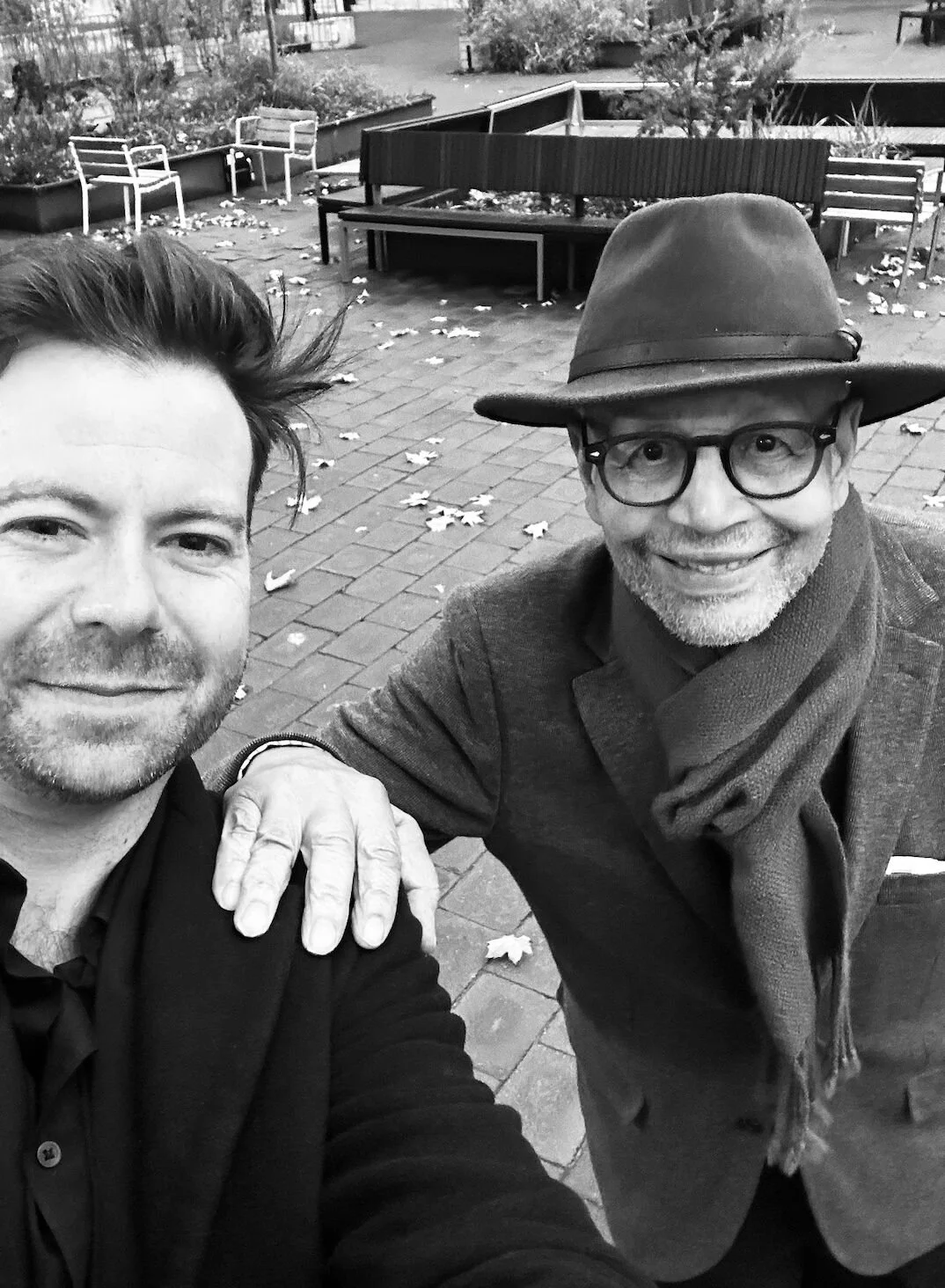Cities are experiencing rapid growth across the Global South. With this growth however, also comes economic disparity and environmental degradation. Can micro-finance offer a solution to these growing concerns?
One hundred years ago, just 2 out of 10 people lived in urban areas. By 2010, this figure had climbed to 5 out of 10. The number of residents in cities is now growing by about 60 million per year and is expected to increase from 3.4 billion in 2009 to 6.4 billion in 2050. Almost all of the urban population growth in the next 30 years will occur in cities of developing countries – much of which will be across Asia.
It’s estimated that Bangkok for example, will expand another 200 kilometres from its current centre over the next decade.
Rural to urban migration across Asia is occurring on a scale never seen before. Another 1.1 billion people will live in the continent’s cities over the next 20 years. It’s anticipated that in many places, entire cities will merge together to form urban corridors, or what some refer to as ‘megalopolis’ regions. It’s estimated that Bangkok for example, will expand another 200 kilometres from its current centre over the next decade.
With mass urbanisation has also come significant concern with regard to economics disparity and environmental sustainability.
From one perspective, rural to urban migration is thought to be helping to alleviate poverty by pushing more people into the middle class. Additionally, increased urban population density is seen to be ‘green’ because it lowers dependency on private vehicle use and increases resource efficiency. From another perspective however, mass urbanisation also causes a variety of problems across a range of geographic scales: socio-economic inequality, slums, sprawl, deforestation, air pollution, excessive waste and poor water management, to name a few. There is no ‘silver bullet’ for these problems.
While significant research is being conducted into how governments can best manage large-scale rural-urban migration, many troubles resulting from mass urbanisation are largely out of government control. One of which is access to finance. In order to gain a foothold in the city, new migrants require money to look for housing, initiate a business or find a job. With low levels of excess income and no permanent address, this is not as easy as walking down to the local bank branch and asking for a loan.
The inability to obtain capital can place new residents into financial traps. Burdened with huge overheads, people are forced to borrow and operate through the informal sector. While informality is not necessarily a bad thing (providing jobs, housing and networks where they may not normally exist), its unregulated nature can also lead to unethical and unsustainable business practices. In the longer term these practices can exacerbate poverty and environmental degradation.
Lendwithcare.org was launched in late 2010 as a branch of Care International, in association with The Cooperative. Allowing people to make small business loans to entrepreneurs in developing countries, and it gives people the opportunity to climb out of poverty.
Already active in Cambodia, Togo, Benin, The Philippines, Bosnia and Herzegovina and Ecuador, the programme has experienced particularly high growth in Asia where we’re seeing large scale rural to urban migration. To work with this growth Lendwithcare.org has recently also become operational in Pakistan.
The programme works with a number of partner microfinance institutions (MFIs) in the countries in which it operates. If the MFI is happy with an entrepreneur’s idea or business plan, they approve the proposal and provide the initial loan requested. Once the entrepreneur’s loan is fully funded, the money is transferred to the MFI to replace the initial loan already paid out to the entrepreneur.
The great thing about all of this is that microfinance is in and of itself “green”. Put simply, it promotes businesses that can be sustained indefinitely. When those living in poverty are given the opportunity to earn a living in a legitimate and sustainable manner, they have no need to become involved in unethical or unsustainable practices. Additionally, most organisations involved in microfinance such as Lendwithcare.org, hold sustainability as a precondition for awarding loans. Others may encourage greener businesses by offering lower interest rates to borrowers with sustainability-oriented plans.
Already programmes like Lendwithcare.org are having incredible impacts on the environment in places where it’s needed the most.
Here’s an example. Approximately 84% of people living in The Philippines depend on motorised tricycles for transport – 70% of which have polluting two-stroke engines. As you can imagine this is having a devastating impact on the environment as well as on the health of urban residents. While the local council of Mandaluyong City in Manila has recently enacted legislation requiring all tricycles to switch over to cleaner liquefied petroleum gas (LPG), this requires a significant (and often unaffordable expense) for tricycle taxi drivers.
This is where Lendwithcare.org comes in. Committing to local partner Seedfinance is now raising $25,000 in order to provide smaller loans of $500 to 50 motorized tricycle taxi drivers in Mandaluyong City so that they can pay for their vehicles to be switched over to LPG without crippling their livelihoods.
This highly ambitious project has the ability to alleviate poverty at the local scale, while ensuring that important urban sustainability targets can still be met across the region. By assisting ethical entrepreneurship, microfinance ensures that economic and environmental sustainability go hand in hand.
Writing once before on the innovative business models that are helping to create a more just and sustainable world, I’m quickly beginning to realise that the traditional corporate model is diminishing.
As urbanisation rates continue to soar across the globe we’re beginning to appreciate the incredible networks that are unfolding between the public, private and not-for-profit sectors. These networks are producing outcomes that promise to benefit more than just corporate shareholders.
Feature image by Tom Oliver Payne.











